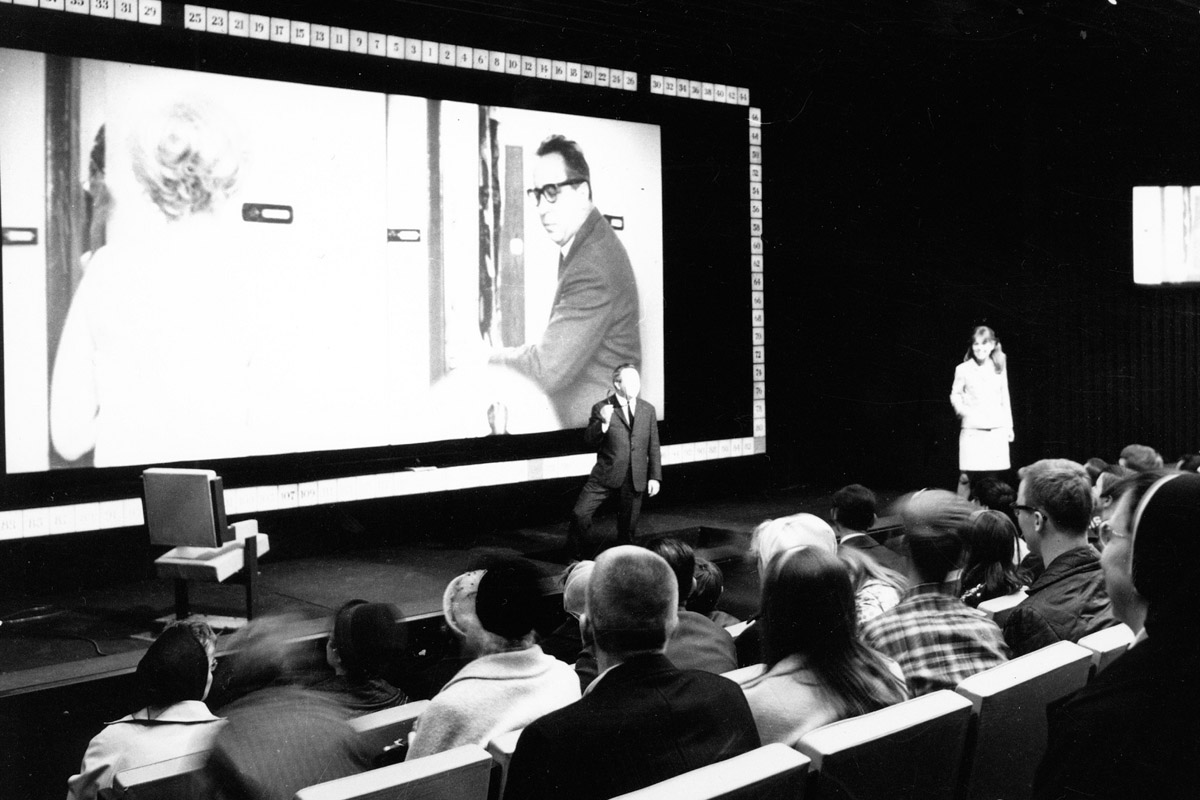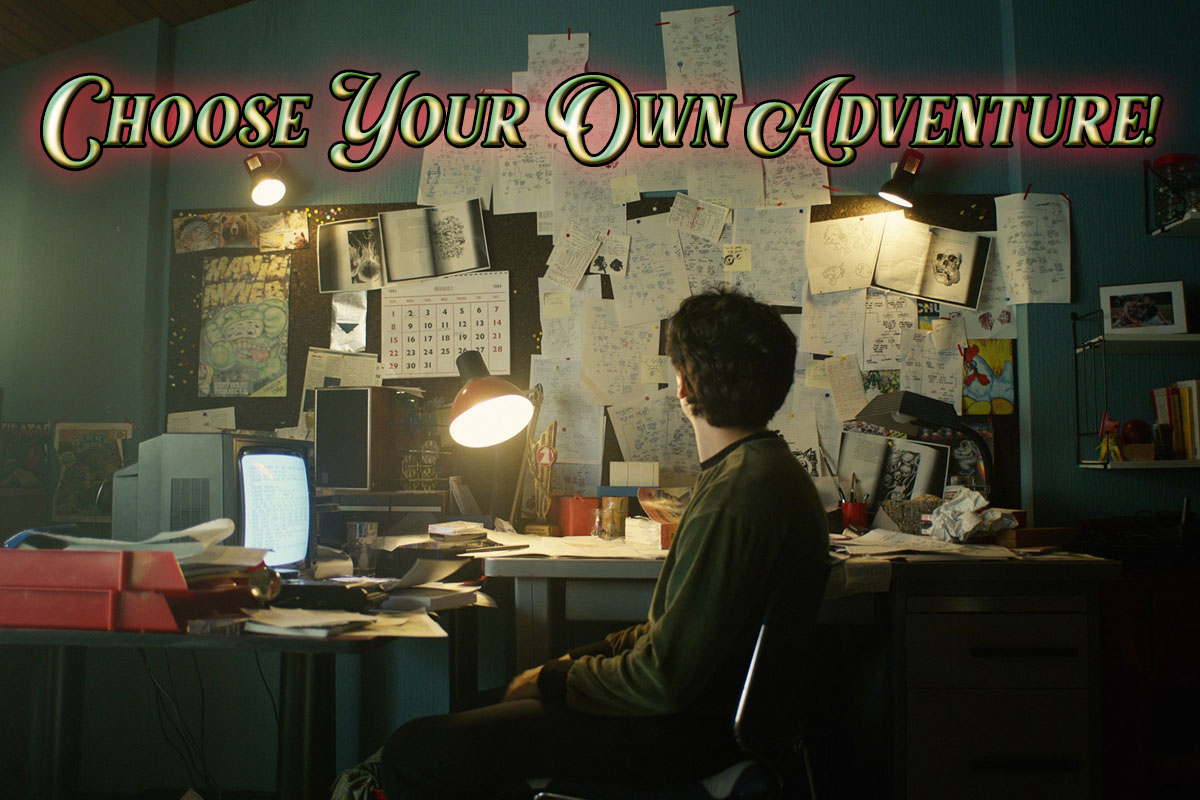Imagine having the power to influence a film’s storyline as you watch it, making critical decisions that lead to different endings. This choose-your-own-adventure style of filmmaking has been a dream for many, and with recent advancements in technology, it might soon become a not-so-uncommon reality. In this article, we explore the potential of interactive films as the next big thing in the entertainment industry, looking back at their history and considering the challenges and possibilities that lie ahead.
The concept of interactive films is not new; they’ve been around for decades, though they’ve had varying degrees of success. Thanks to examples like ‘Black Mirror: Bandersnatch,‘ a new generation of viewers is discovering the unique appeal of choosing their own path in a cinematic experience. But are interactive films really the future of filmmaking? Let’s dive into their history and current state to better understand their potential.
A Journey Through The Past

Interactive films can be traced back to the 1967 World’s Fair in Montreal, where ‘Kinoautomat,’ a movie that offered viewers limited choices, was screened. However, it wasn’t until the 1980s that the idea truly gained traction, thanks in part to the ‘Choose Your Own Adventure’ book series, which allowed readers to make choices for the protagonist. These books paved the way for interactive films, such as ‘Dragon’s Lair,’ ‘I’m Your Man,’ and ‘Mr. Payback.’
These early attempts at interactive films faced numerous challenges, primarily due to technological limitations and mixed audience reception. The experience often fell short of the ideal blend of interactivity and captivating storytelling, leaving viewers wanting more. However, with the advent of new technologies, the landscape has changed, opening up new possibilities for interactive films.
Navigating Today’s Interactive Film Scene

Today, interactive films are enjoying a resurgence, fueled by the success of ‘Black Mirror: Bandersnatch‘ and the rise of streaming platforms. These platforms, such as Netflix, have enabled filmmakers to experiment with interactive storytelling without the constraints of traditional theater releases. Moreover, faster internet speeds and advanced technology have made it easier to create and distribute interactive content.
Audiences, too, are becoming more receptive to interactive experiences, with many expressing a desire for greater involvement in the narratives they consume. As a result, the demand for interactive films is growing, encouraging more creators to explore this emerging medium.
The Struggles Of Interactive Filmmaking

Despite the renewed interest in interactive films, several challenges remain. One of the most significant obstacles is crafting a cohesive and engaging storyline that accommodates multiple decision points. The nonlinear nature of interactive films can make it difficult to maintain a strong narrative arc while still providing viewers with meaningful choices.
Besides, striking the right balance between interactivity and storytelling is crucial to maintaining audience immersion. When viewers are too focused on making decisions, they may become less invested in the story itself. Filmmakers must find a way to seamlessly integrate interactivity without sacrificing the storytelling elements that make cinema so compelling.
What Lies Ahead For Interactive Films

As technology continues to evolve, the possibilities for interactive films are virtually limitless. Virtual reality (VR) and augmented reality (AR) technologies could offer even more immersive experiences, blurring the line between film and interactive gaming. Personalized storytelling, where each viewer’s choices create a unique experience, is another avenue to explore.
So, the potential of interactive films is vast, and we’re only just beginning to scratch the surface of what’s possible. As filmmakers, distributors, and viewers embrace this new form of storytelling, it’s possible that interactive films will carve out their own niche in the entertainment landscape. While it remains to be seen if they will truly become the next big thing, there’s no denying that interactive films have the potential to transform the way we experience cinema.




















